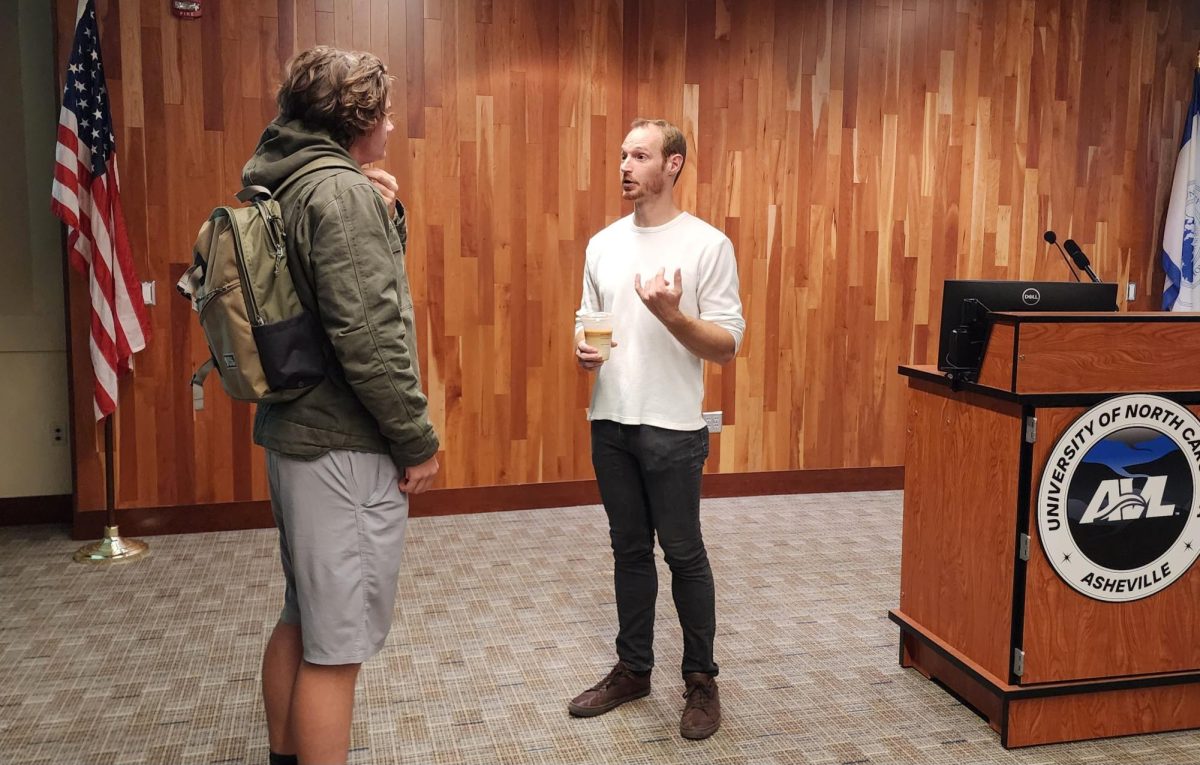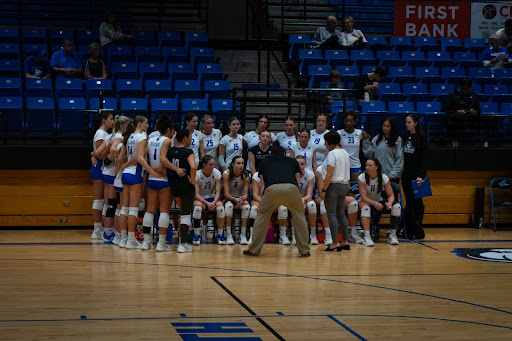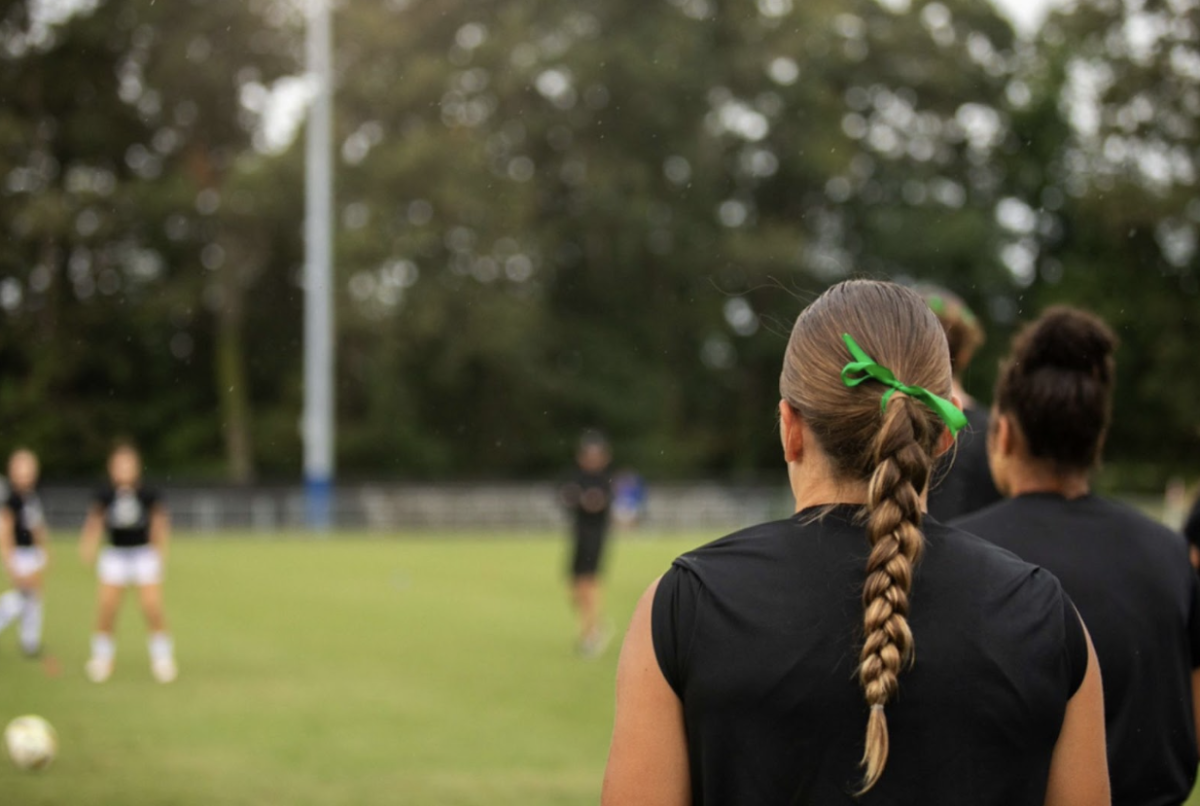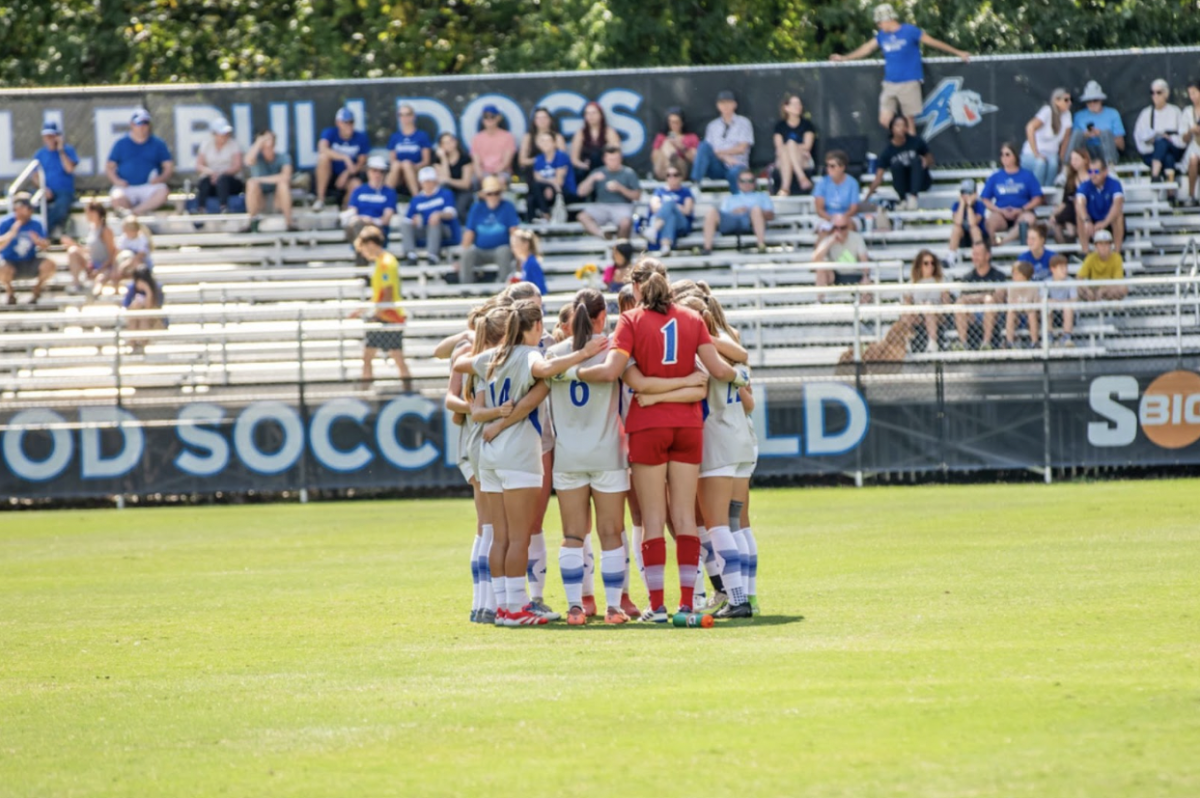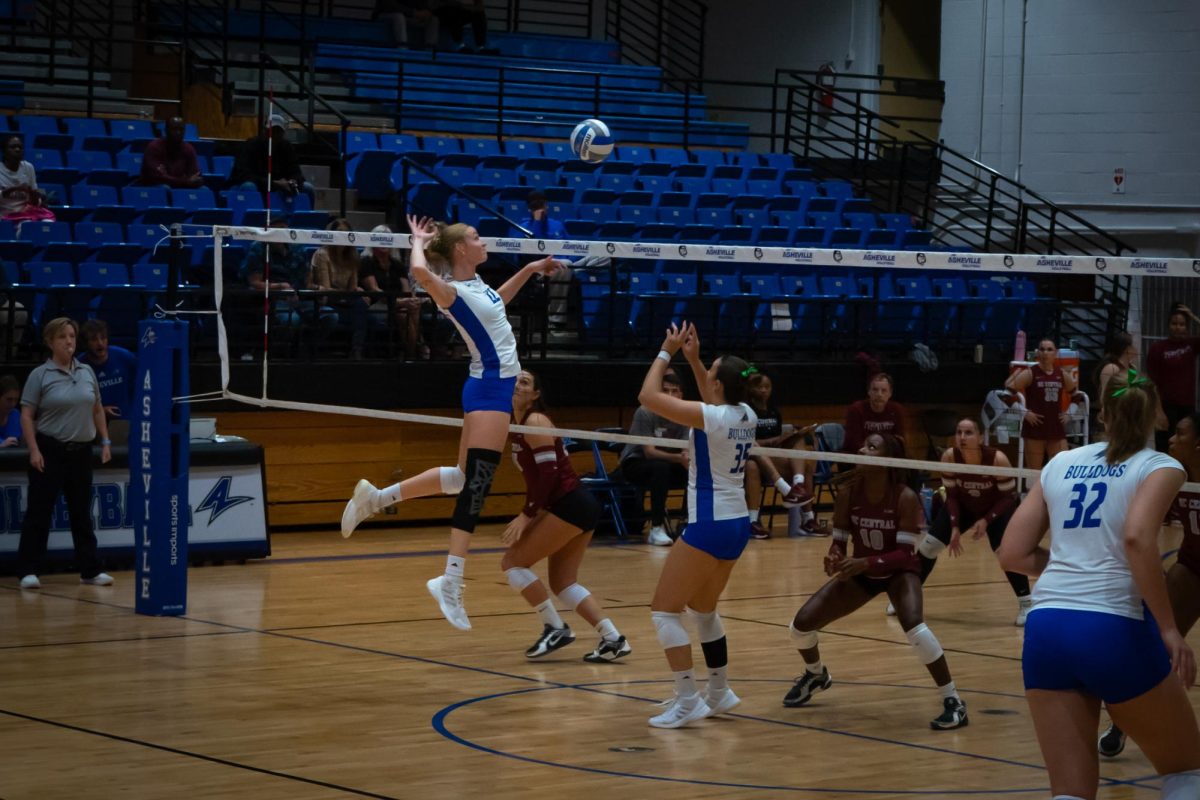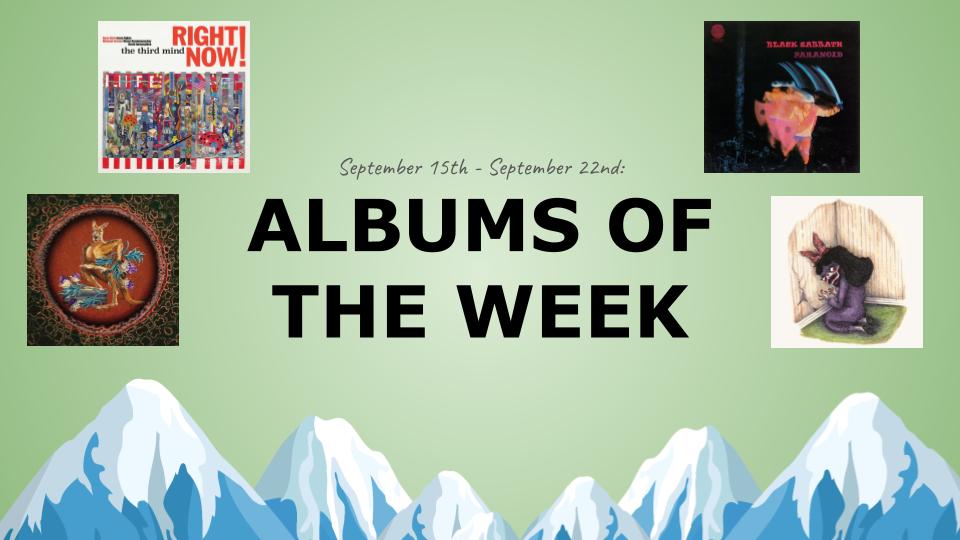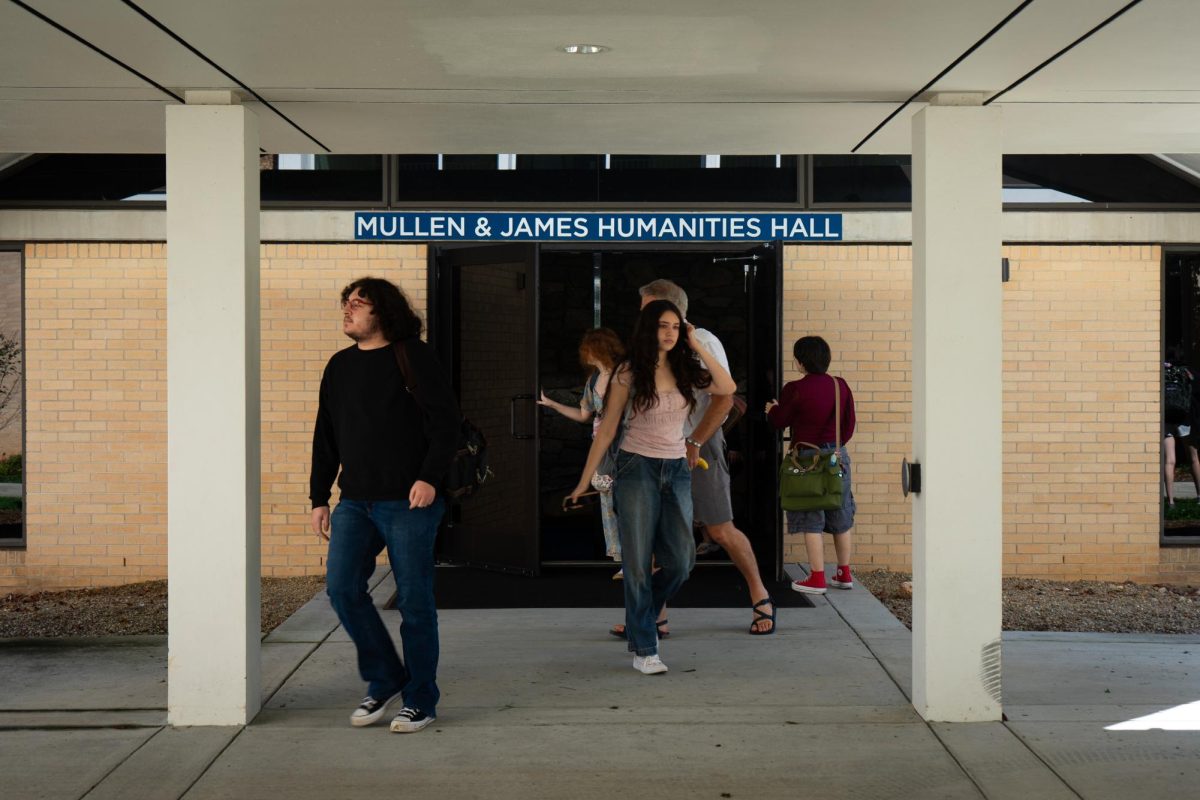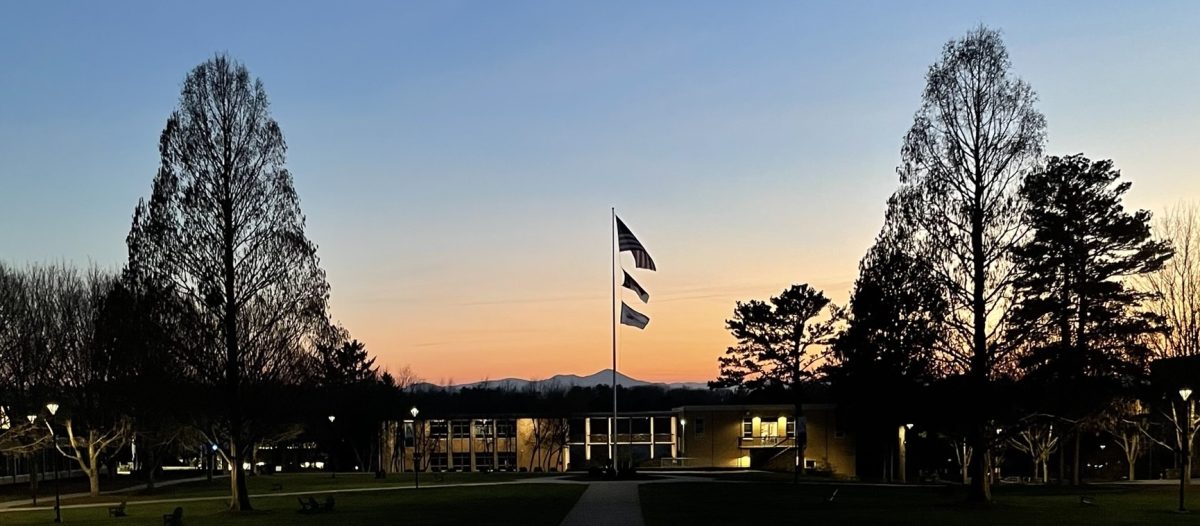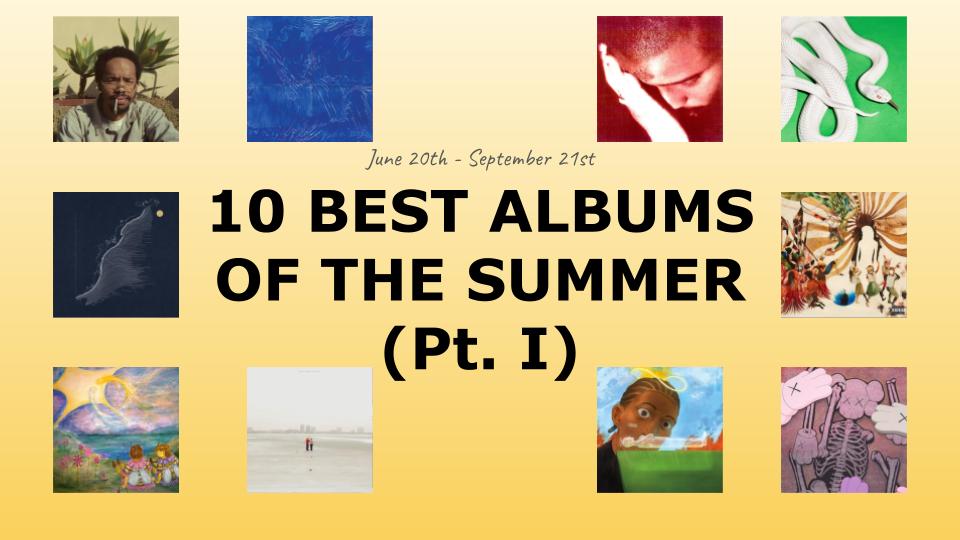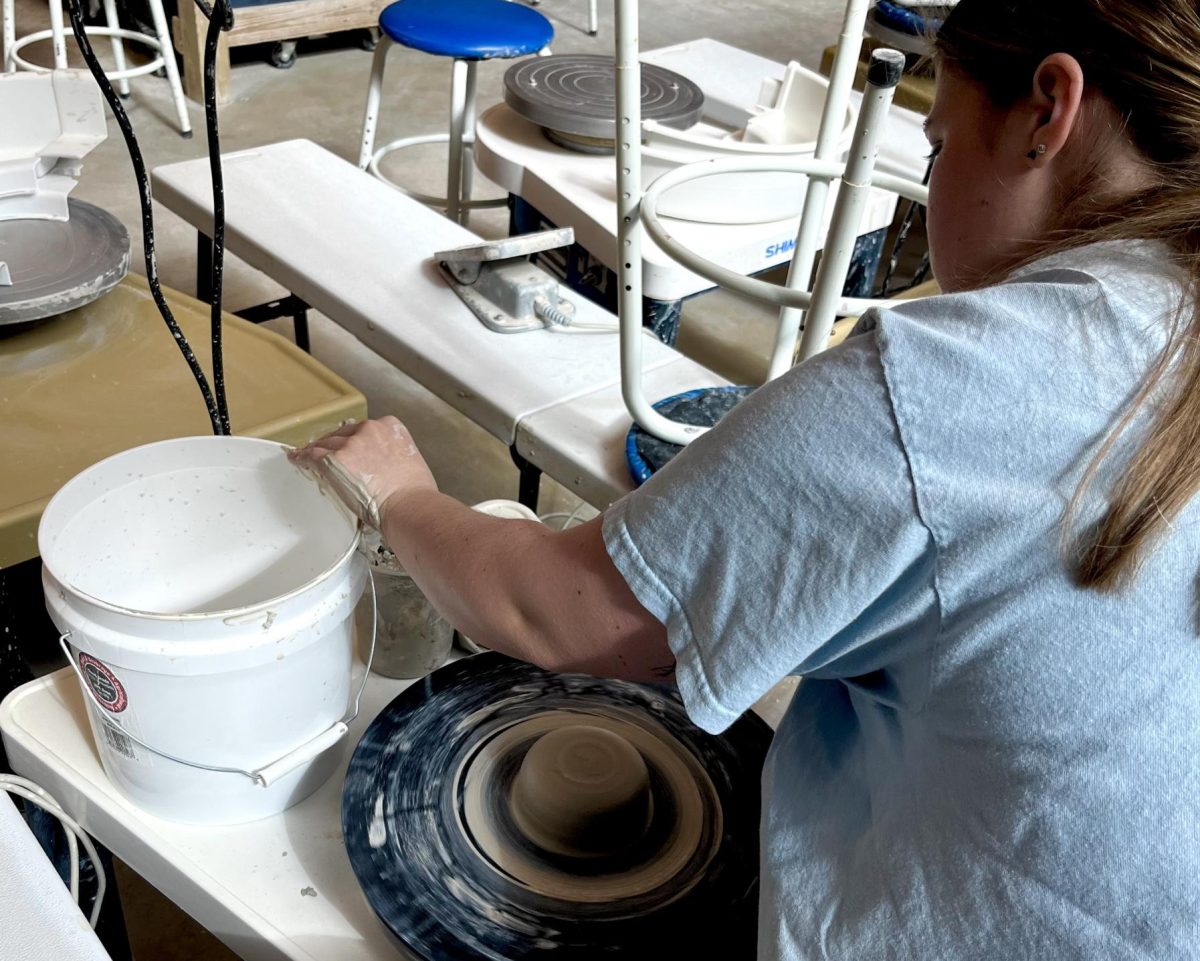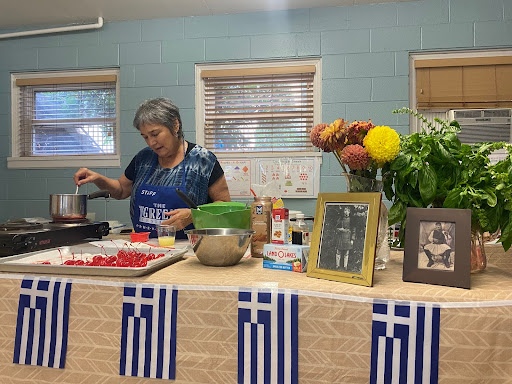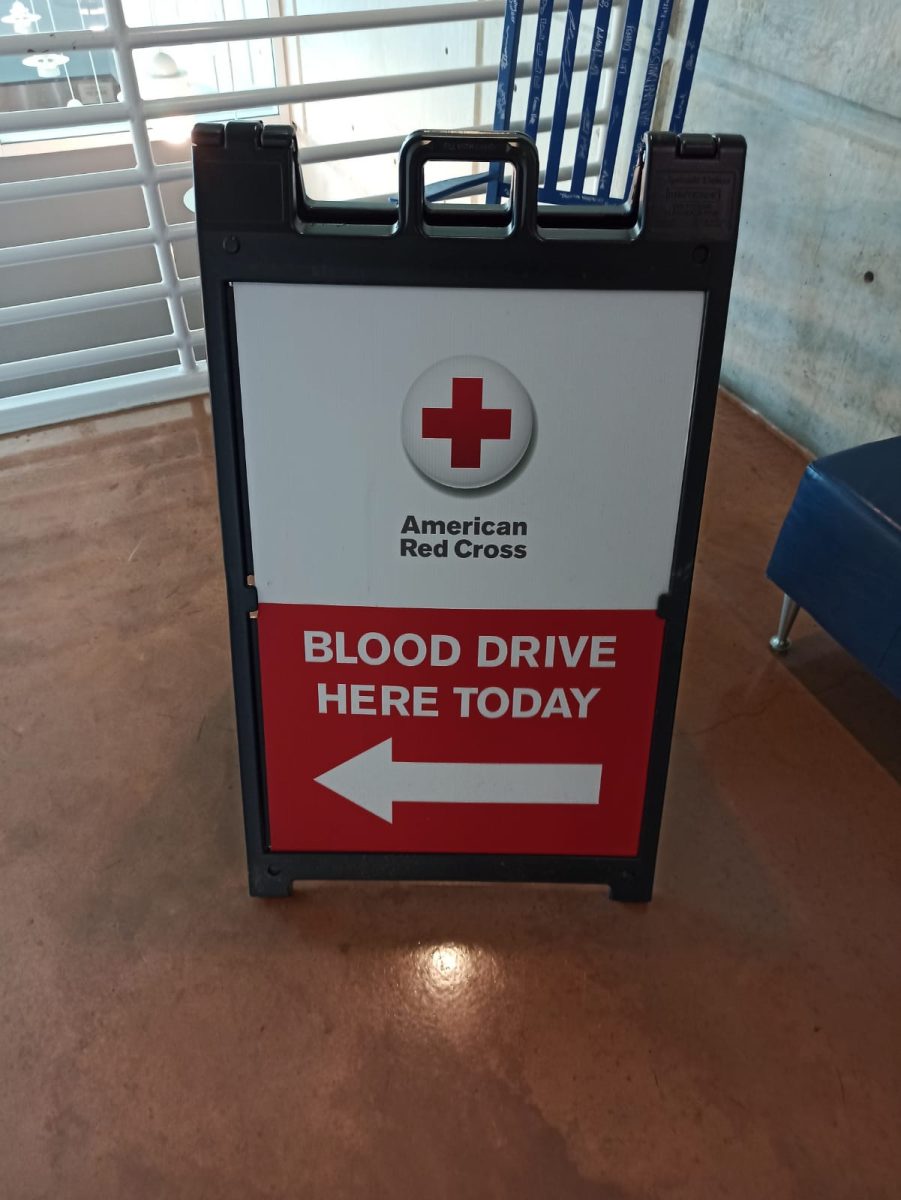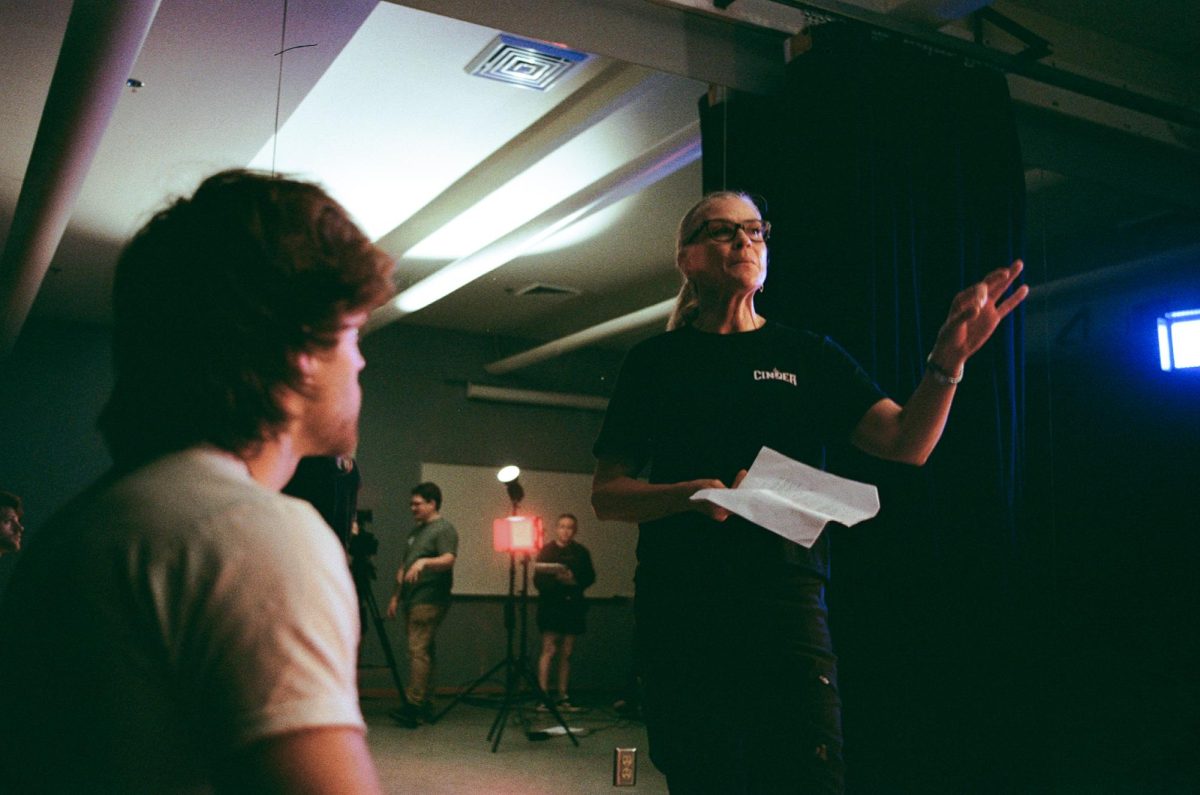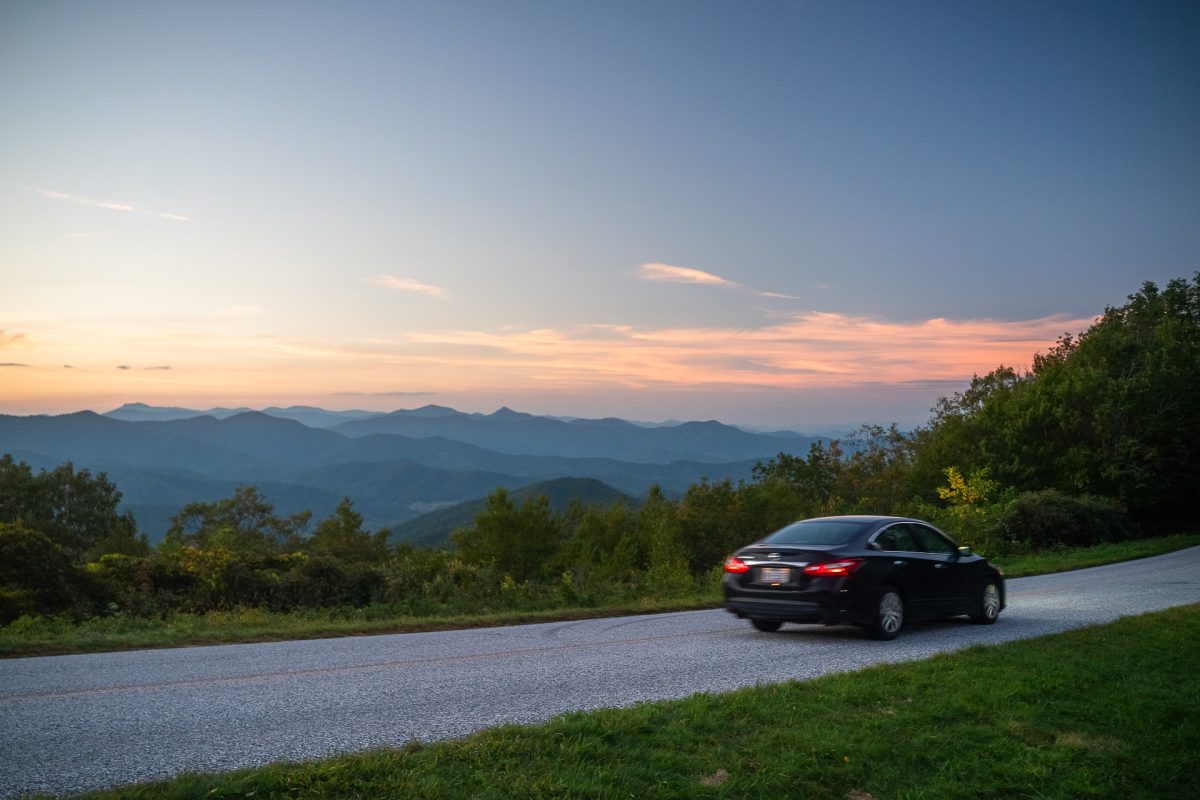A team of UNC Asheville students and faculty took home the Best Graphics award at the Greensboro 48-Hour Film Project for their short “Code Chickadee: The Sensei Bob Story.”
The 48-Hour Film Project challenges teams to write, shoot and deliver a short film over a single weekend. Organizers give each team a randomly assigned genre and several required elements: a character, a prop and a line of dialogue that teams must use in their films before a local screening and awards night. Judges at the Greensboro screening and awards held at the Carolina Theatre announced winners from films produced during the event.
The group drew the mockumentary genre this year, a format Anne Slatton, an Assistant Professor for Mass Communications at UNC Asheville said she has wanted to tackle for years. “This allowed you so much freedom,” she said. “I’ve been wanting to do a mockumentary for years.” Slatton said she first entered the competition in 2006 as an actor and has led or helped organize UNCA entries almost every year since.“
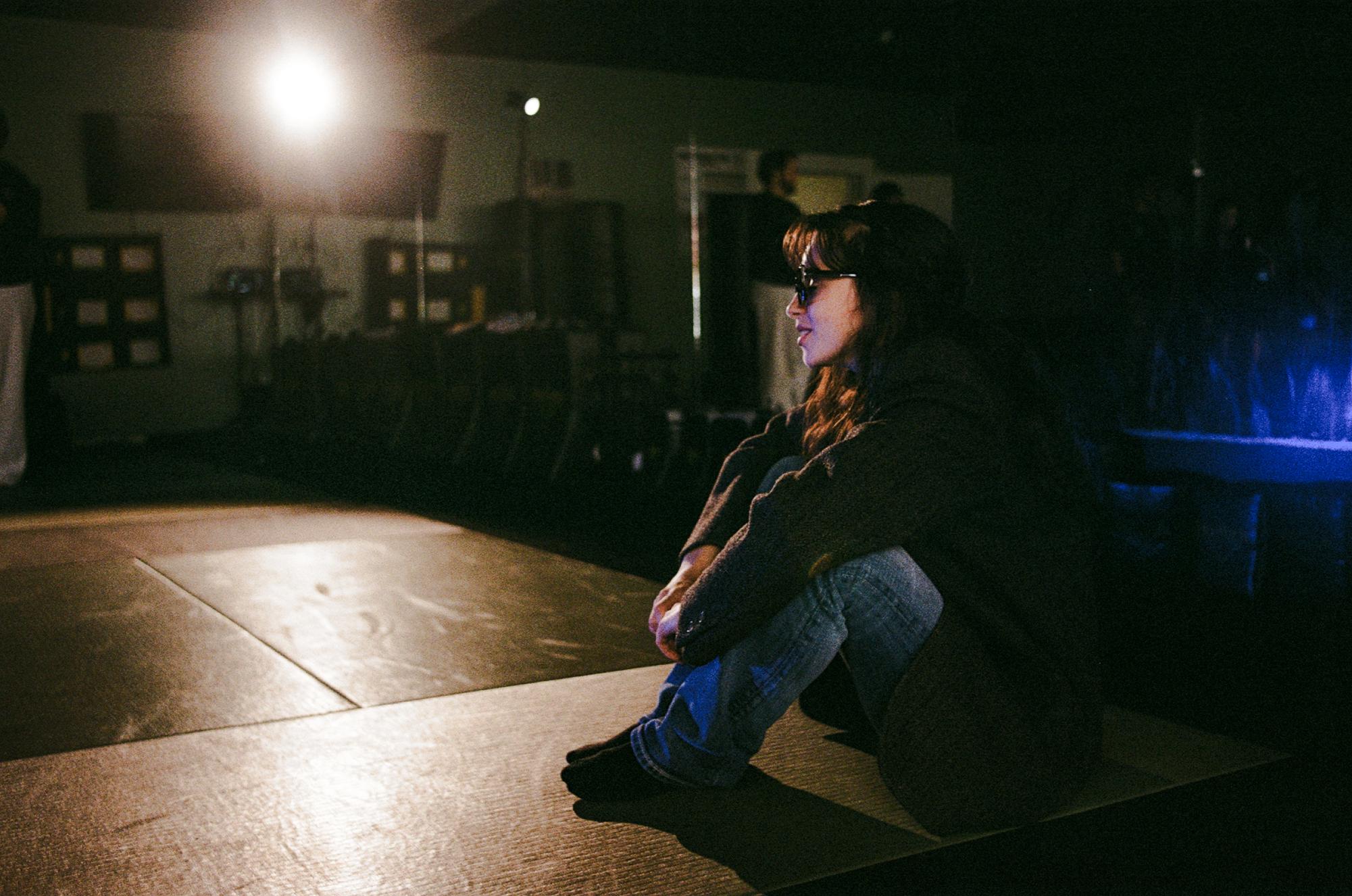
Slatton described the festival as a “forced creativity” exercise that suits students and professionals – it requires fast decisions, minimizes overthinking and forces teams to deliver a finished product by the end of the weekend. “You have to just go,” she said. “I love being on set. It energizes me.”
Forest Campbell, a lecturer in UNCA’s New Media department who worked on the film’s animation work, said they tackled title and interstitial sequences and leaned on Procreate and Adobe After Effects to build their pieces.
“We started at 5 a.m. that Saturday,” Campbell said. “Sophie kept working until 3 a.m.” Sophie Caswell, a student animator on the team, spent long hours drawing and assembling still illustrations that they then imported into After Effects for motion and compositing, Campbell said.
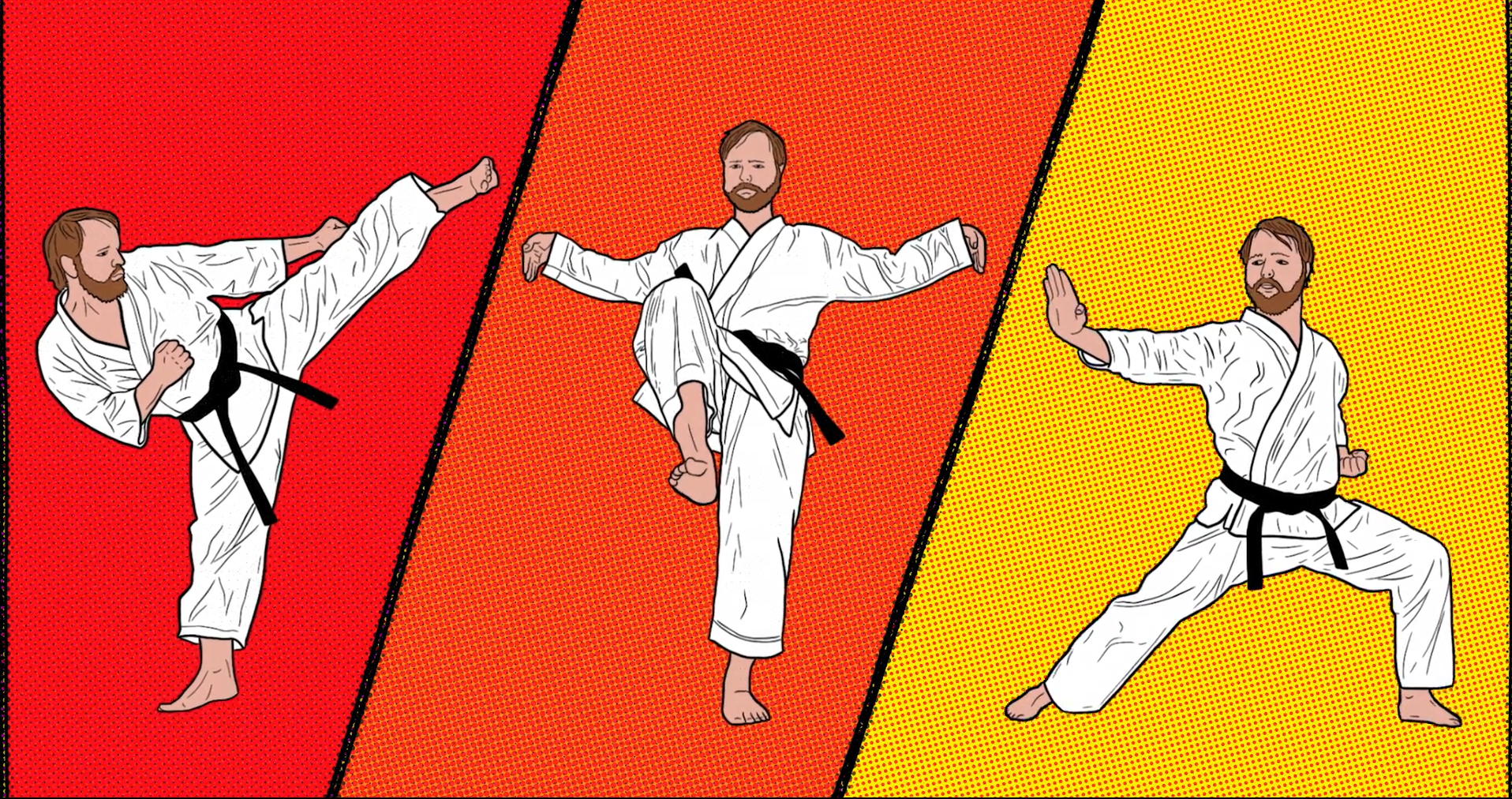
Campbell described the creative process for the title sequence: he and Caswell pulled visual references from martial-arts films and posters, then flipped those ideas into a bird-watching martial-arts joke, a silhouetted figure, binoculars and a karate bird doing a kick.
“We wanted to imitate that Daniel-and-Mr. Miyagi silhouette, but make it about bird watching,” he said. Campbell said he used a mix of pose-to-pose and straight-ahead animation and leaned on scripts and keyframe workflows in After Effects to speed production.
“This is the first time we’ve officially collaborated with new media on staff,” Slatton said, “They came in and just worked their butts off.”
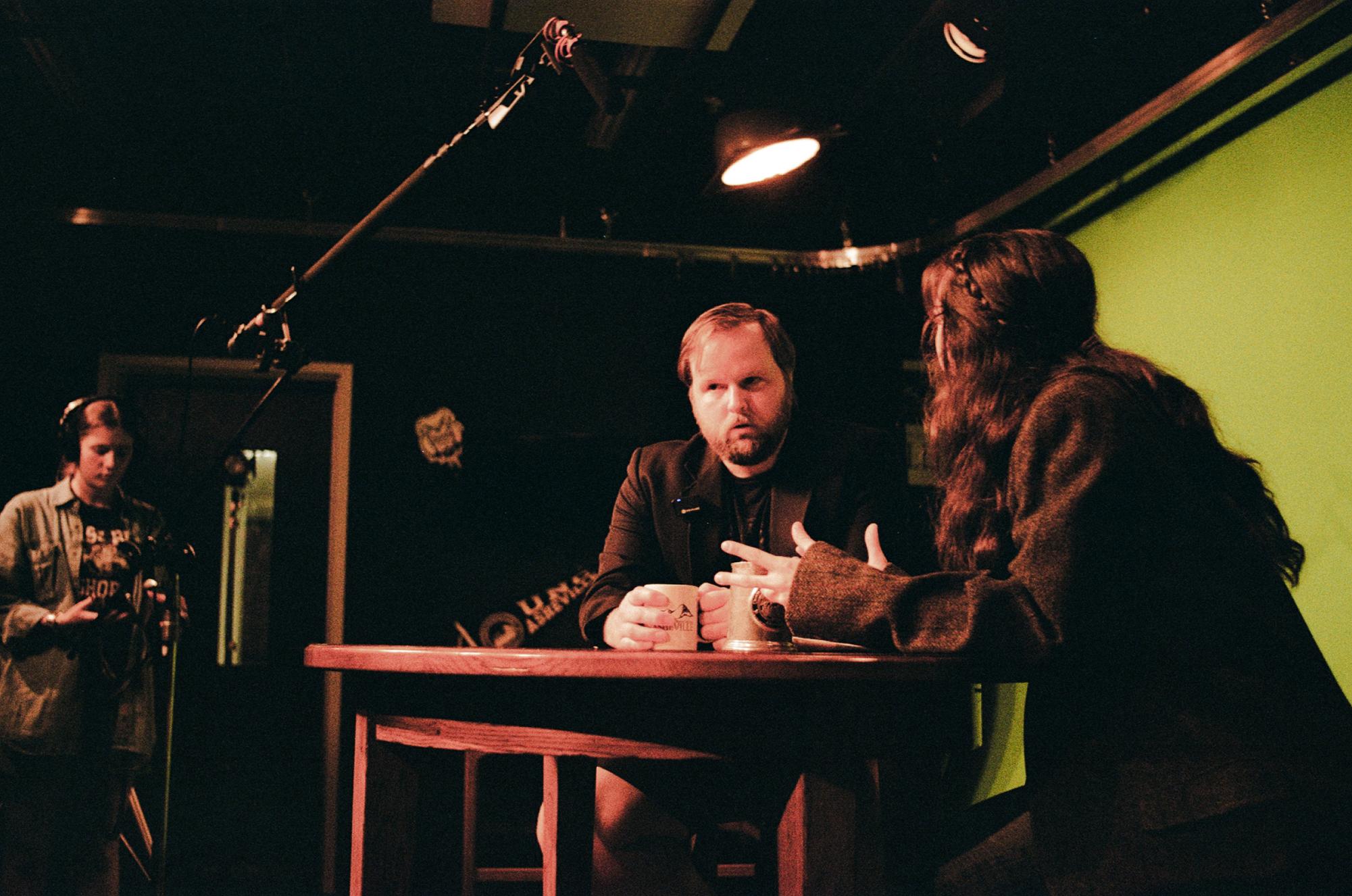
UNCA students and faculty traveled to Greensboro for the “Best of” screening and awards night at the Carolina Theatre, where Slatton said the festival screened the winning films and announced awards.
Slatton said the judges in Greensboro recognition for Best Graphics felt particularly meaningful because it signaled a successful collaboration between film students and UNCA’s New Media department. “I’d love for us to have more collaboration with New Media,” she said.
Campbell said the team chose efficiency strategies common to animation under tight deadlines: sketch the full sequence first, block the main poses and then polish. “Rough out the whole thing so you can give feedback and finish something,” he said. He said that approach helped them deliver a sequence that fit the mockumentary tone while remaining achievable inside 48 hours.
The national 48-Hour Film Project organization describes the event as “a test of your filmmaking and creativity skills” and operates city level competitions that culminate in regional screenings. Slatton said the recognition for graphics is meaningful because it highlighted a new collaboration between film students and UNCA’s new media staff. “I’d love that we have more collaboration with new media,” she said.
The full short film can be viewed on the Mass Communication’s Vimeo Page here.
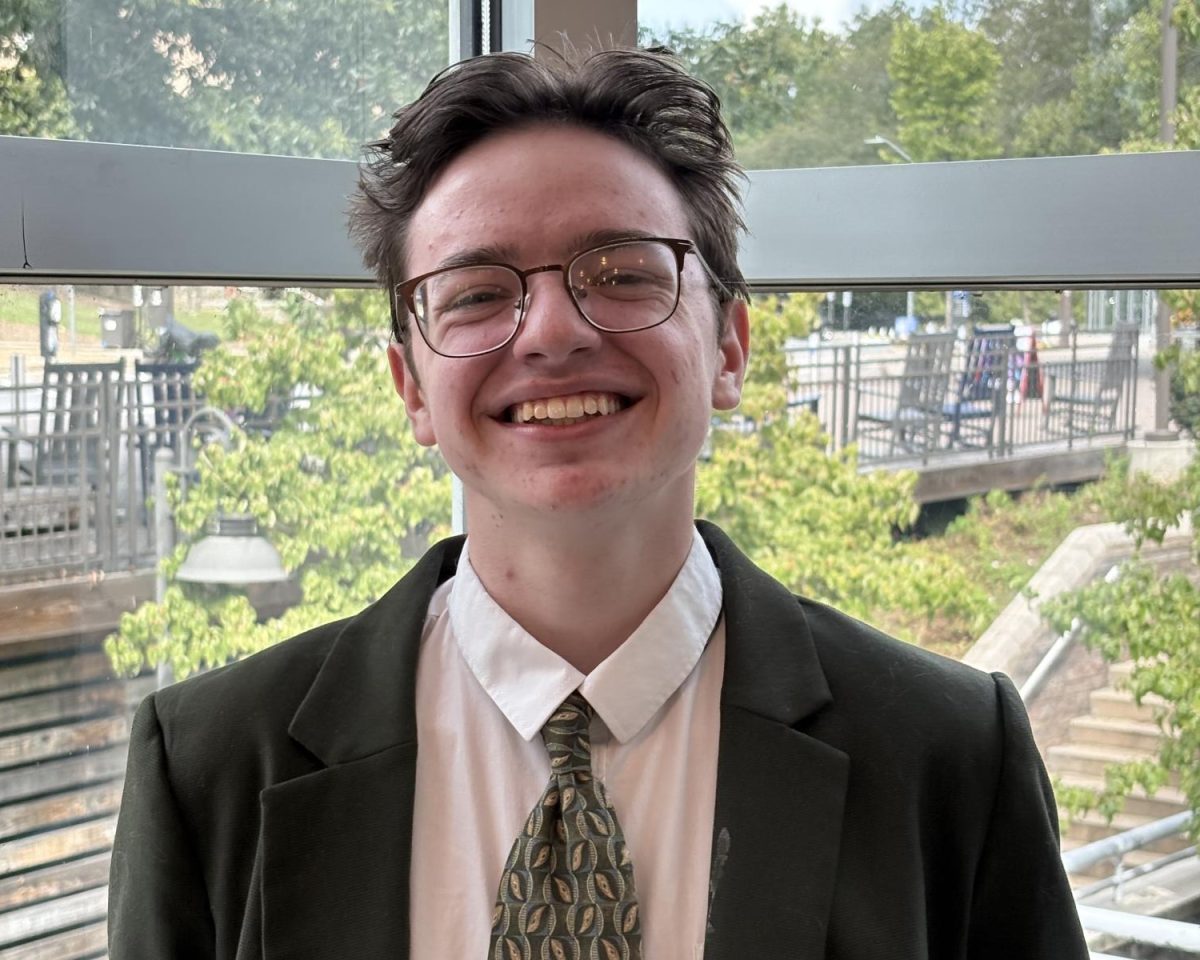
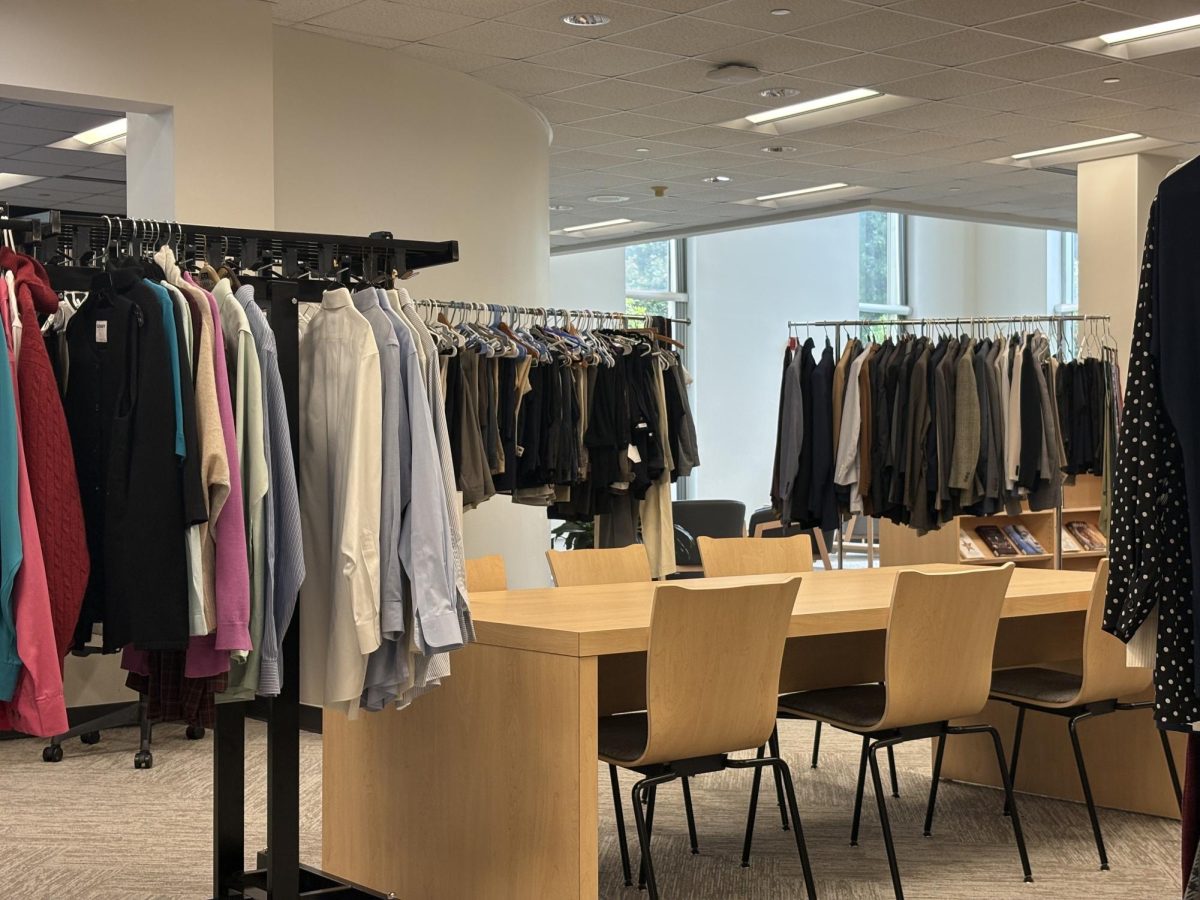
![Brooke Pedersen [second from the right] and Luis Reyes [right] hold banners during the Wrap The Woods event.](https://thebluebanner.net/wp-content/uploads/2025/09/ELIZABETH_PRITCHITT_IMG_3470-1200x804.jpg)
